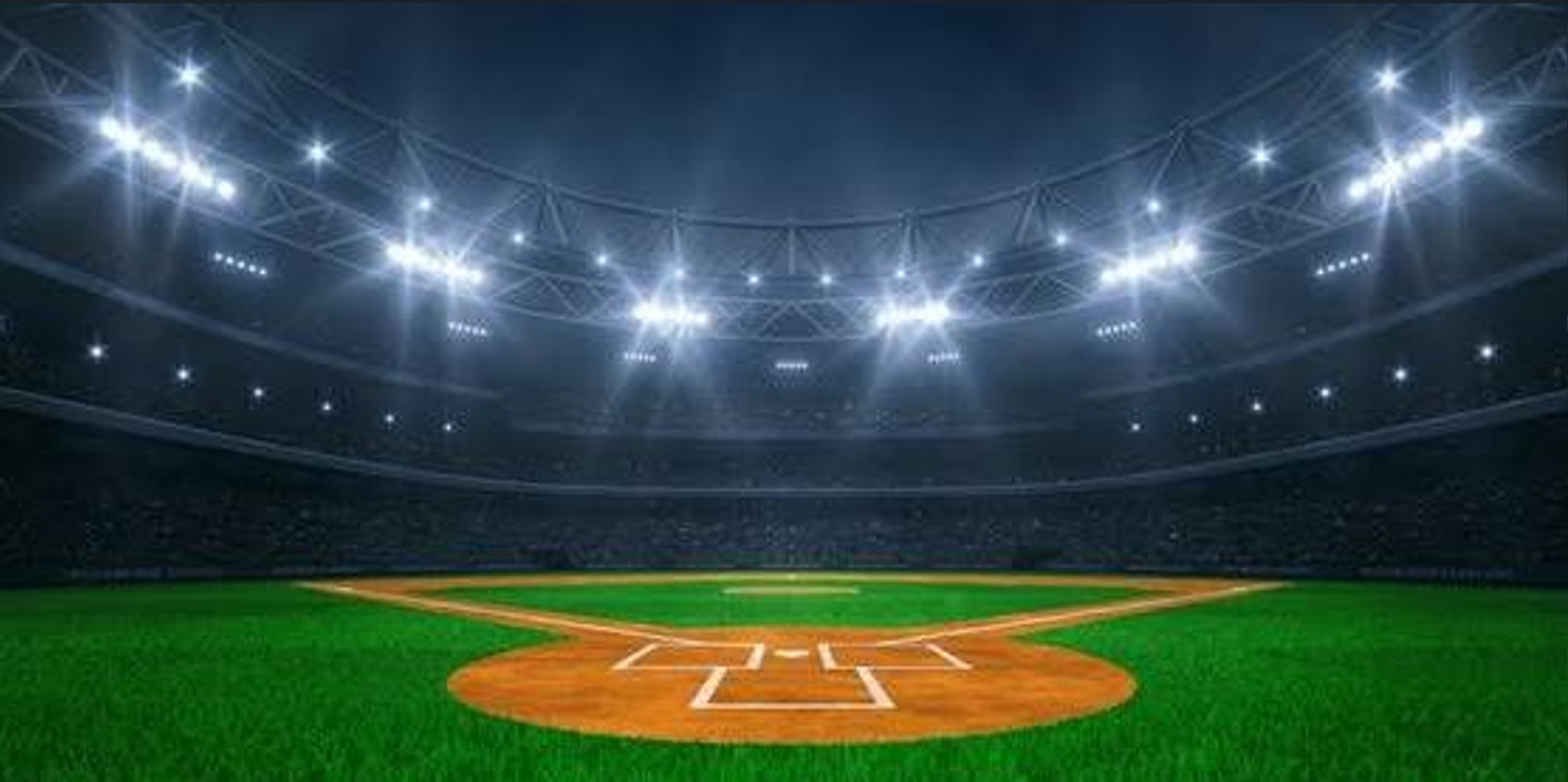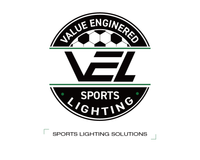888-668-1195
Applications
Specifications
Specifications
Baseball Stadium

-
Baseball stadium lighting: standards and considerationsBaseball stadium lighting is crucial for ensuring player safety, optimal performance, and an enjoyable experience for fans and broadcasters. Lighting standards vary depending on the level of competition, with professional leagues requiring significantly higher illumination levels than recreational leagues.Lighting measurement unitsKey measurements for baseball field lighting include foot-candles (fc) or lux for light intensity, uniformity ratio for evenness of light distribution, Color Rendering Index (CRI) for color accuracy, and color temperature (CCT) for the perceived coolness or warmth of the light, with cooler temperatures (5000K to 6000K) preferred for outdoor sports.Illuminance requirements by area and level of play
-
Illuminance standards vary by field area and level of play. The infield typically requires higher illumination than the outfield.Here are typical foot-candle (fc) requirements:
Area of Field Professional (e.g., MLB) College (NCAA) High School Recreational Infield 100 fc 75 fc 50 fc 30 fc Outfield 70 fc 50 fc 30 fc 20 fc Other important lighting considerations- Uniformity: Even light distribution is important to avoid shadows and dark spots.
- Glare control: Proper aiming and positioning of lights help reduce glare for players and spectators.
- Spectator and broadcast requirements: Higher light levels and good color rendering are needed for large venues and televised games.
- Safety: Lighting should cover areas like dugouts, bullpens, and seating, with emergency lighting for evacuations.
- LED lighting: LED fixtures offer energy efficiency, longer life, and better light quality.
-
Pole placement and fixture selectionStrategic pole placement and appropriate fixture types, including combinations of narrow and wide beam fixtures, are used to achieve optimal illumination, minimize shadows and glare, and control light pollution.
